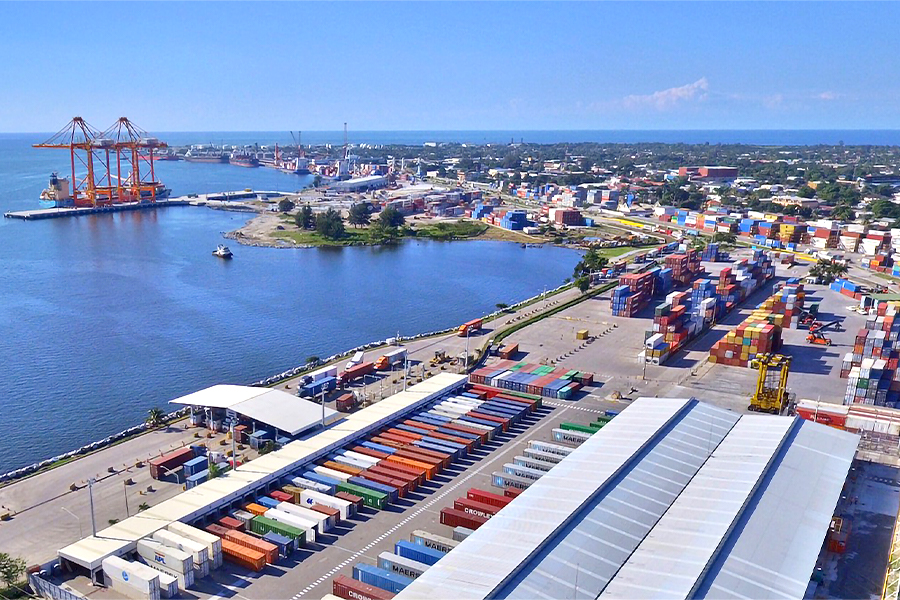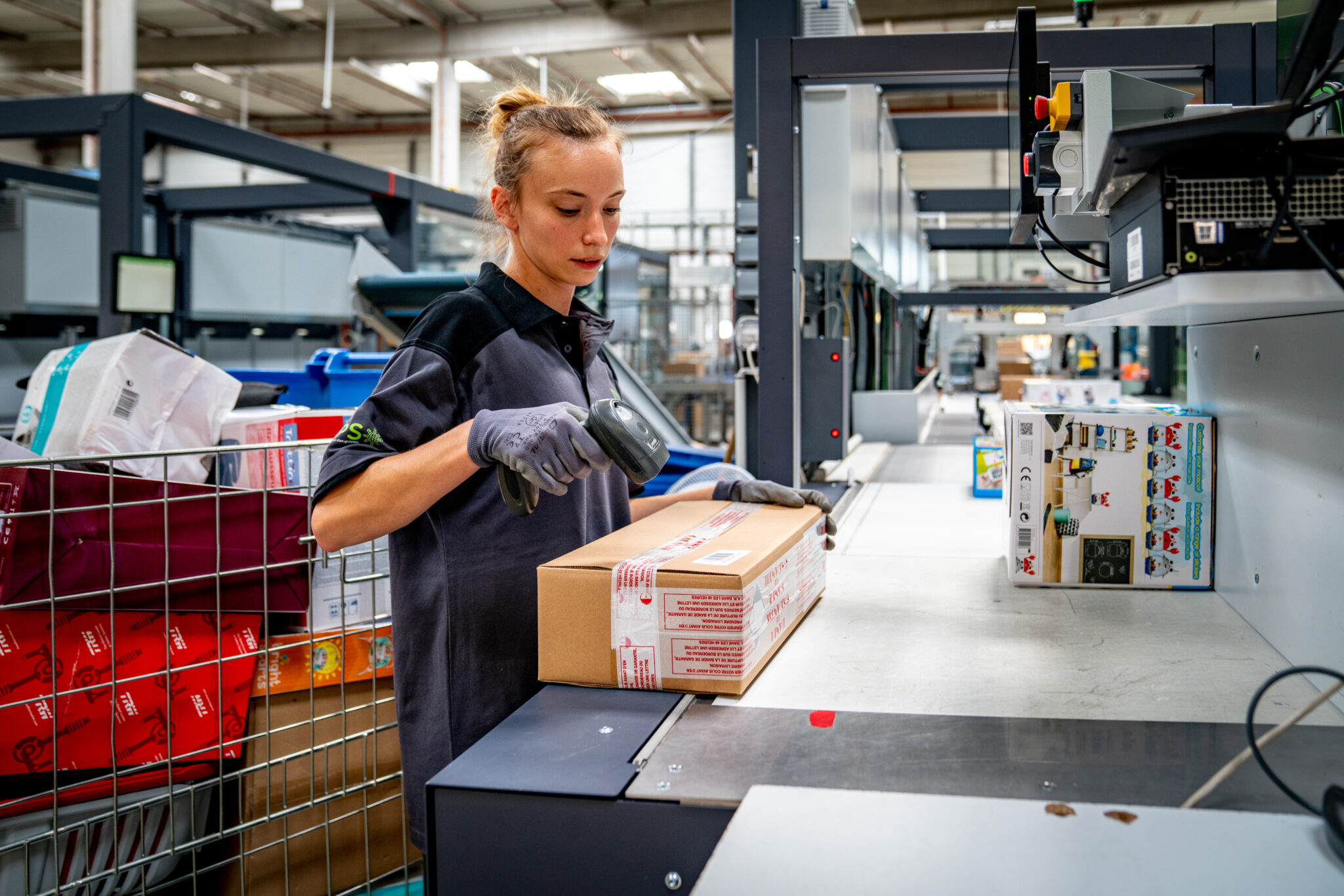Remember when receiving a parcel was an event? For your birthday, perhaps, or for Christmas, a complete surprise, or a purchase you had saved up for and keenly anticipated, writes Jo Bradley, Business Development Manager for packaging solutions at Quadient.
Now, of course, parcels are a daily occurrence, and our attitude towards packaging is somewhat different – more enlightened. With the same- or next-day, ‘free’ delivery, our orders are smaller and smaller but it seems that the boxes are bigger and bigger. Actually finding the lipstick or the printer cartridge in a mountain of void-fill is a challenge – is there anything in this box at all? And what are we supposed to do with all this packaging and void-fill?
Surveys show that up to half of consumers rate grossly oversized packages among the things they really don’t like about Internet shopping. And if you don’t believe surveys, just look on social media. ‘Unboxing’ is a ‘thing’ on Instagram and the like. Someone has estimated there are at least 74 million unboxing videos across the social media channels. Many of these, of course, are entirely positive, but what social media really feeds on is the epic fail, and gross mismatches between box and product rate highly.
What do we do with all these cardboard boxes? We break them down, squash them up and cram them into our recycling bins, if we can. But with the bins only emptied every two or three weeks, it is unsurprising that a large cardboard manufacturer claims that 22% of consumers say there isn’t enough room in their bins to dispose of all their boxes. 44% of consumers hoard cardboard boxes – for future arts and crafts projects or storage needs, or for no obvious reason at all – “135 million are believed to be sitting in sheds, garages and wardrobes in the UK”. With the boom in e-commerce over the least 18 months, it’s hardly surprising that cardboard is being called ‘beige gold’.
But it isn’t just the outsize boxes themselves that annoy consumers; it’s all the void-fill, such as air bags, bubble wrap, and horrid polystyrene beads. At least with card we know it’s recyclable.
And although, as consumers, we are seduced by the idea of ‘free delivery’, we know that all this excess material must have a cost. While we may not be up to speed on the intricacies of Dimensional or Volumetric Weight as applied to shipping rates or realise that the average shipped box contains 60% air, we intrinsically know that shipping fresh air around the country has a significant financial, as well as a high environmental, cost. Consumers are increasingly aware, even anxious, about the negative impact of wasteful shipping practices on air quality and bigger than necessary boxes mean more vehicles on the road, more congestion, more particulates and more CO2.
In one survey, 77% of consumers said they believe that the packaging a brand uses reflects its environmental values – and by implication, its other values as well. Loading consumers with excessive and unnecessary volumes of packaging isn’t just annoying – it’s seen as lazy, irresponsible and uncaring – not a good brand look for the merchant or their carrier.
For ecommerce businesses with high order volumes, this is an issue that needs to be solved. But how? They can’t have packers manually cutting boxes down to size – far too slow and messy, and the result may be a box that fails in delivery, let alone if it’s re-used for a return, as many are. There are limits to the number of different-sized preforms a packing station can cope with. And, particularly if there are multiple items in one box, packers, who may be inexperienced, or casual staff, have to guess which size is just big enough to accommodate a jumble of different shapes.
However, there is a solution that will greatly improve packing line productivity and maximise transport utilisation, while minimising the monetary and environmental cost of materials and giving the consumer a consistent, positive brand experience.
The CVP Everest and CVP Impack automated packaging solutions from Quadient create ‘right-size’ boxes in seconds by scanning and measuring the goods – single or multi-item orders – cutting and erecting the box, sealing, weighing, and labelling, all in one seamless process.
With the CVP Impack, one or two operators can pack up to 500 parcels an hour; with the CVP Everest, two operators can pack 1,100 an hour. Typically, this replaces between 8 and 20 manual packing stations. On average, right-sizing packages cuts parcel volumes by 50% – significantly reducing freight charges – and saves up to 30% on material costs.
Will this delight your customers? Well, if the ‘free’ and almost instant delivery model that is so valued by consumers is to be sustainable, these sorts of savings in cost and in labour are essential. But, more significantly, opening the box is the only ‘In Real Life’ touch point you have with your consumer, and as we have seen, wasteful and careless packaging can strongly alienate them from your brand – which, in an age of endless social media comment, means all their friends as well. With right-sized packaging every parcel serves as a brand ambassador.



